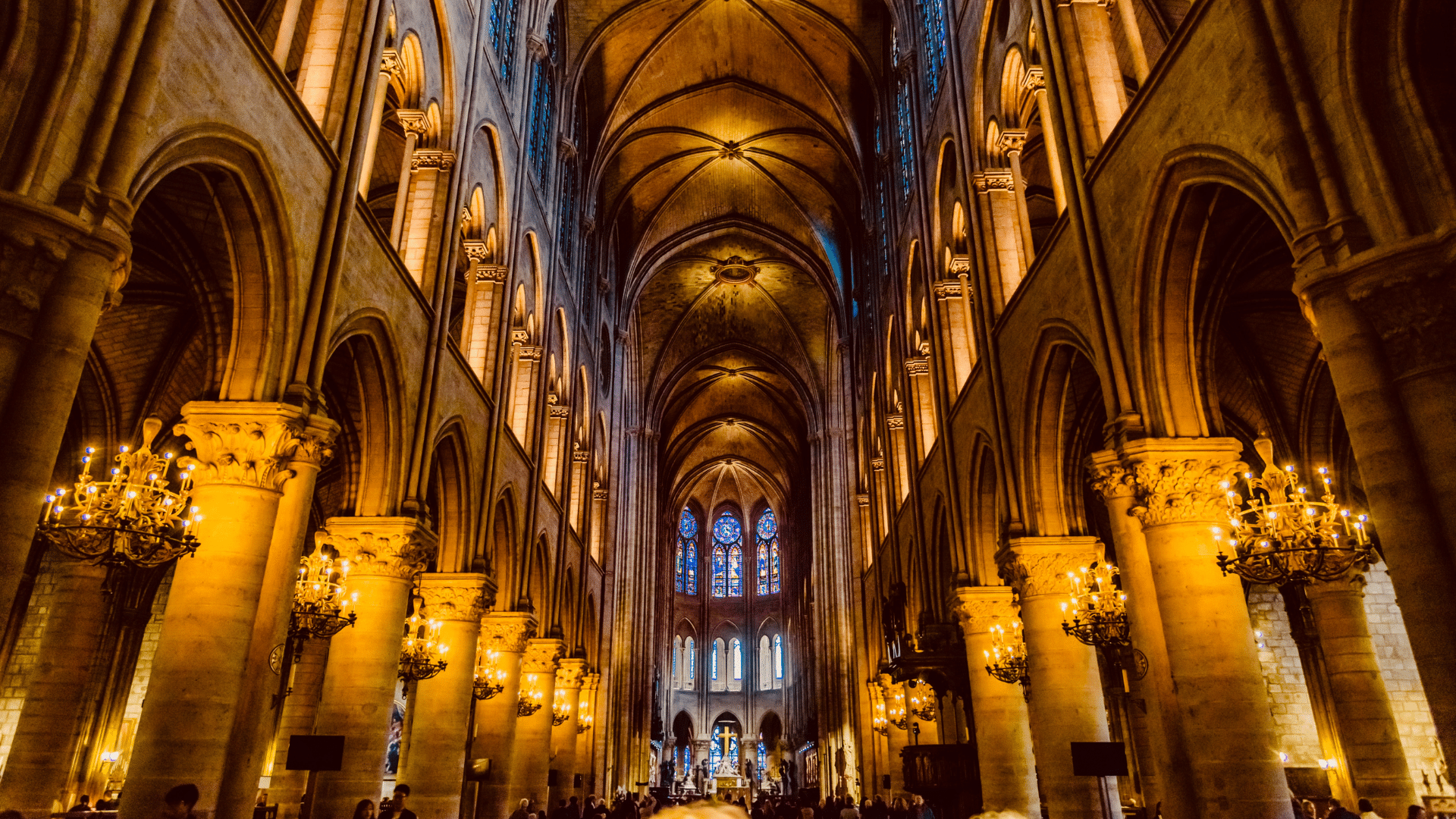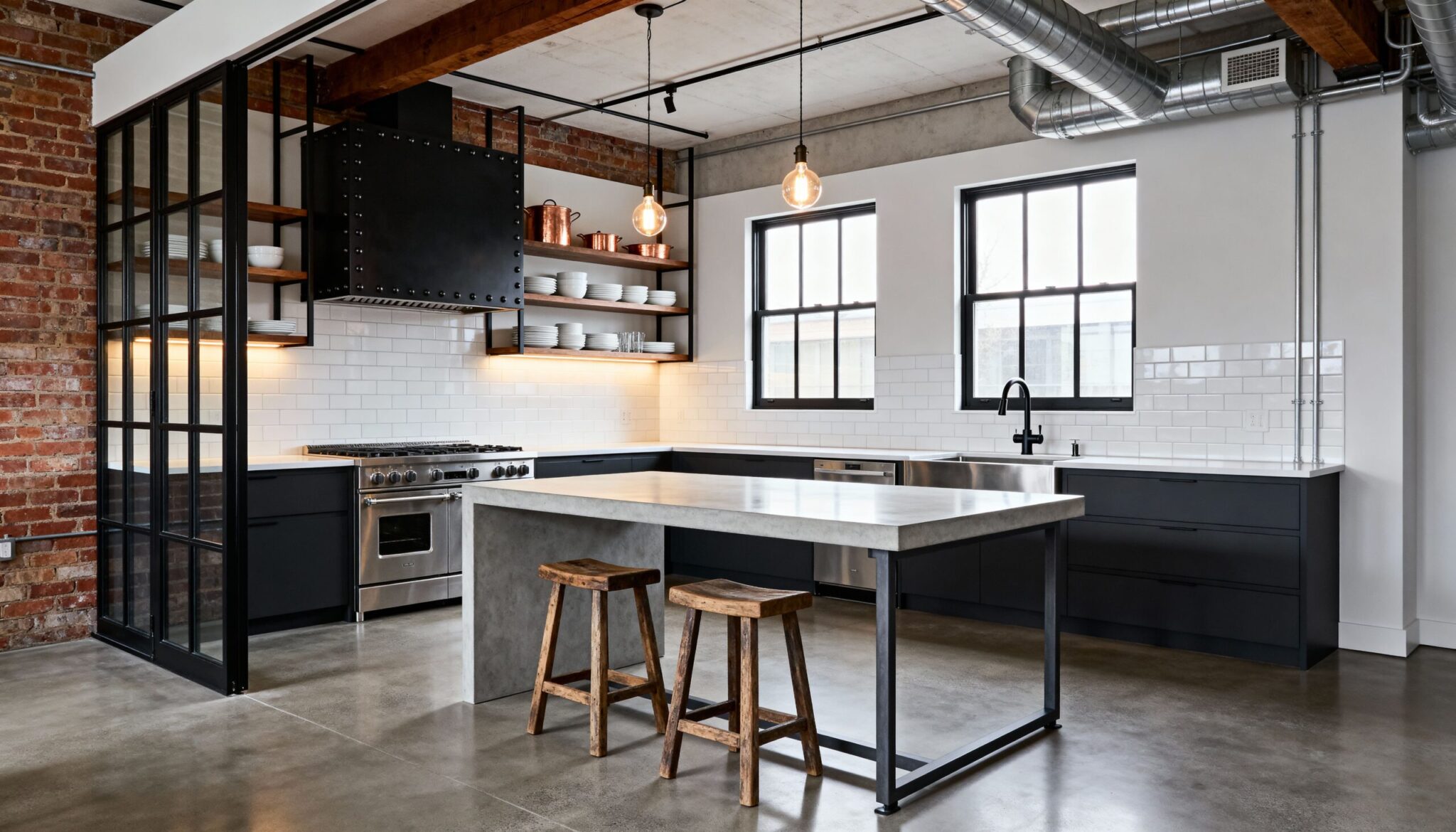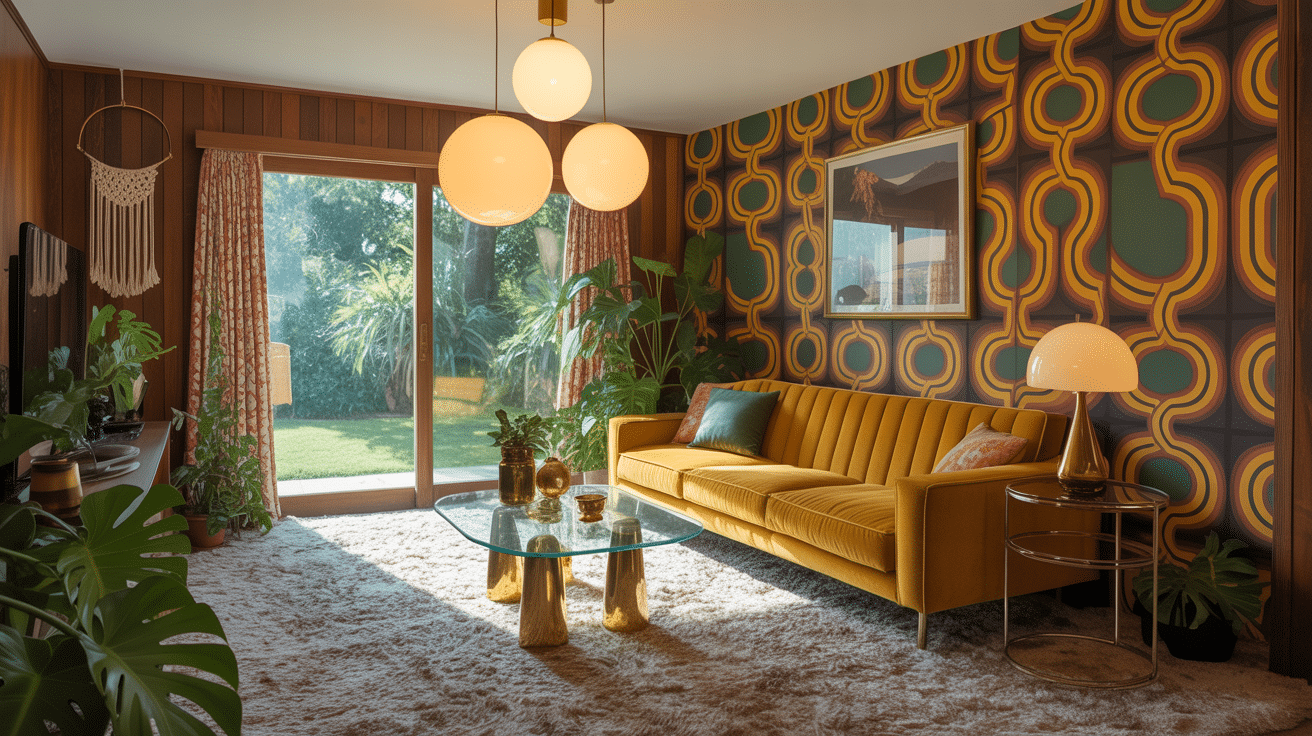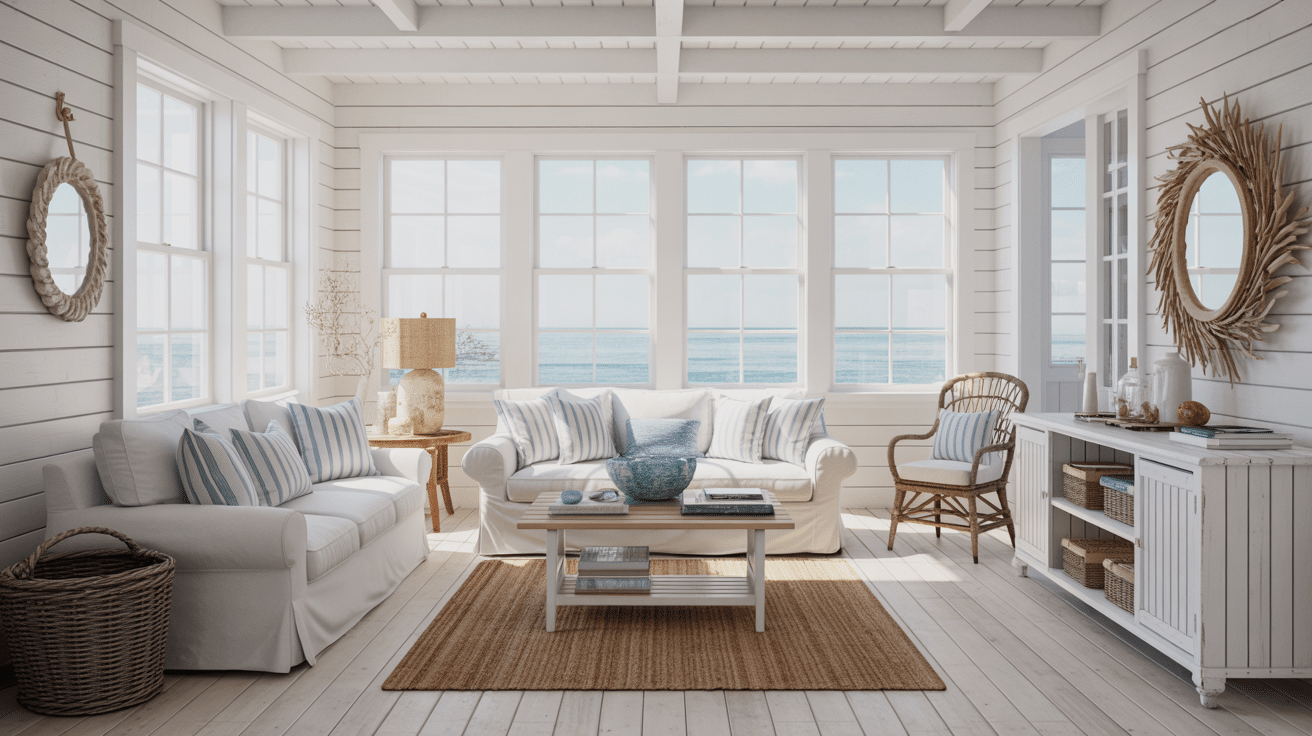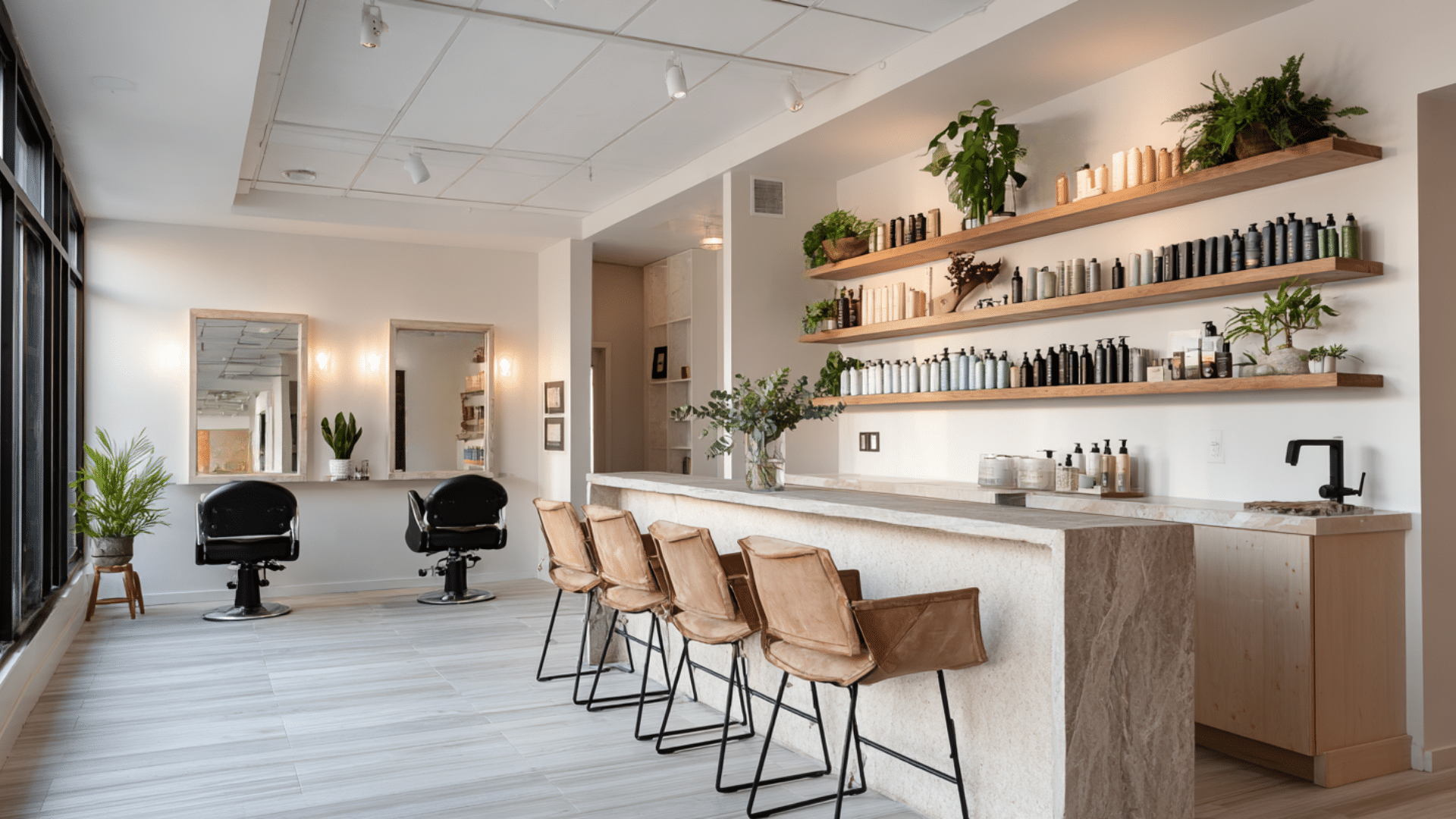This blog includes details of the Notre Dame fire, the key elements that define Notre Dame’s interior design, and more.
By the end, anyone planning a visit or simply interested in its Gothic design will understand what makes this cathedral’s interior so significant.
The Fire that Destroyed Notre Dame
On April 15, 2019, an event occurred that would change Notre Dame forever.
A fire broke out in the cathedral’s attic during renovation work. Flames spread quickly through the oak beams, some dating back to the 13th century.
The world watched in horror as the iconic spire collapsed. Firefighters battled for over 12 hours to save the structure.
The fire destroyed the roof and spire. But the stone vaults held strong, protecting much of the interior below.
The main structure survived, along with most of the stained glass windows and sacred relics. Experts called it a miracle that the damage wasn’t worse.
The cathedral’s thick stone walls contained the fire and prevented total loss. Still, the devastation was immense
Architectural Structure and Specifications
Precise measurements and engineering details reveal how Gothic architects achieved impossible proportions.
- Length: 427 feet of space divided into five distinct aisles
- Height: 115-foot vaulted ceilings supported by pointed Gothic arches
- Width: 40-foot central nave with 157-foot total breadth including side aisles
- Windows: 37 bay windows plus three major rose windows
- Chapels: 37 side chapels featuring individual architectural styles
- Materials: Limestone construction with oak roof timbering and lead roofing
These structural innovations changed the Notre Dame Cathedral’s design forever across medieval Europe
Before and After Fire Restoration of Notre Dame Interior
The fire changed Notre Dame forever, but restoration teams brought it back.
Pre-Fire Interior Condition (1990s-2019)
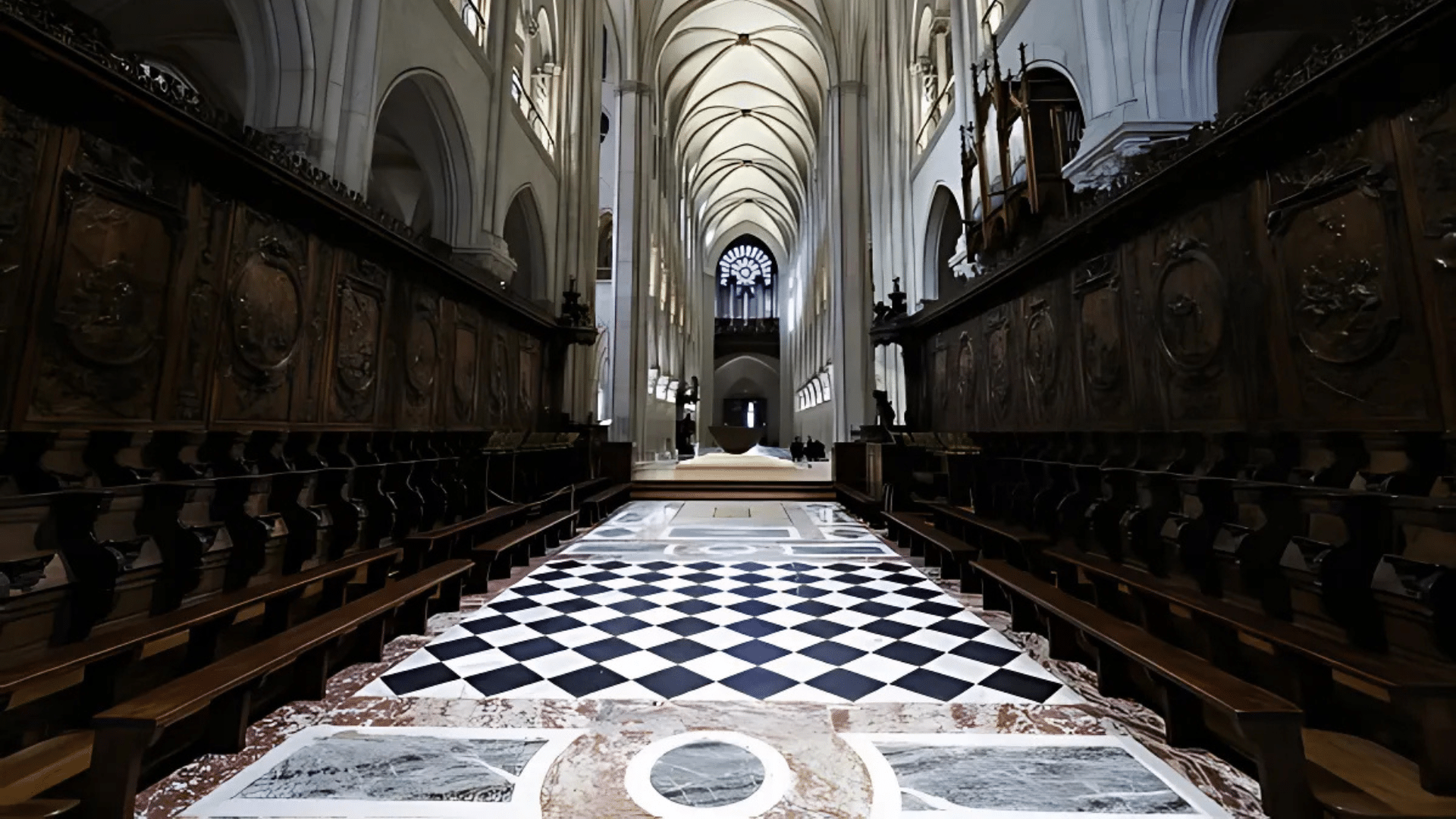
Image Source: AP News
Before the 2019 fire, the Notre Dame interior had shown centuries of accumulated damage and aging.
Despite its architectural features, decades of urban pollution, candle soot, and natural weathering had altered the cathedral’s original appearance.
Interior conditions before restoration:
- Stone surfaces: Limestone darkened by soot and grime
- Stained glass: Colors dulled by dirt, obscuring details
- Architectural details: Carvings hidden under debris and residue
- Structural concerns: Vault sections showing stress fractures
- Lighting: Poor natural light from dirty windows
- Hidden artwork: Medieval paintings obscured by soot
Post-Restoration Changes (2019-Present)
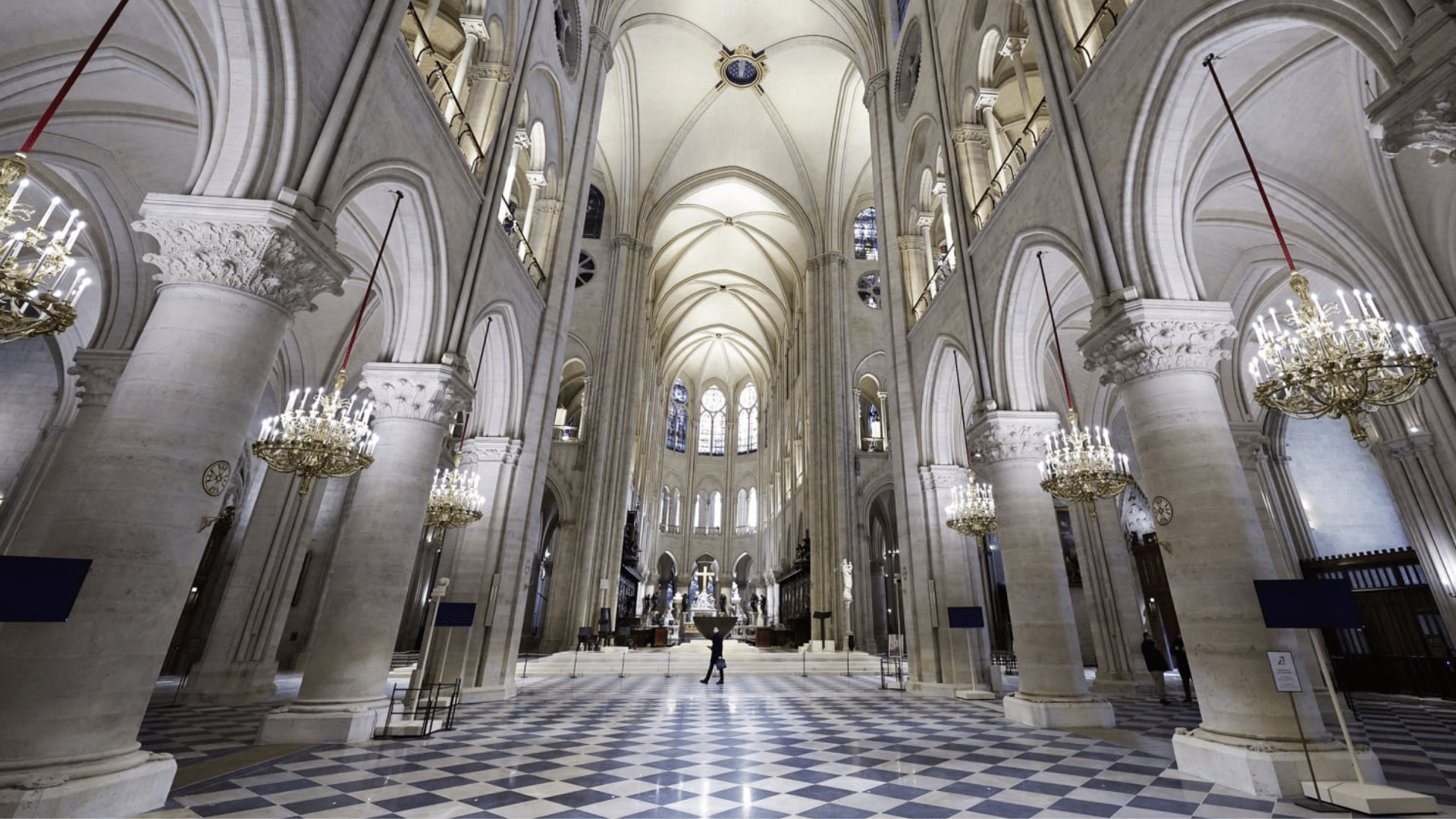
Image Source: NBC News
The fire’s aftermath created an unprecedented opportunity for interior restoration.
What began as a tragedy became an architectural revelation as cleaning revealed the cathedral’s original medieval splendor.
Improvements achieved through restoration:
- Stone cleaning: Limestone restored to cream and pale gold tones
- Stained glass: Rose windows glow with vivid blues and reds
- Architectural detail: Hidden carvings and tool marks are now visible
- Structural work: Vaults reinforced with traditional and modern methods
- Lighting: Cleaned windows boost natural illumination
The Features of Notre Dame Interior
The following are the key interior features of Notre Dame Cathedral.
1. Complete Architectural Analysis of Rose Windows
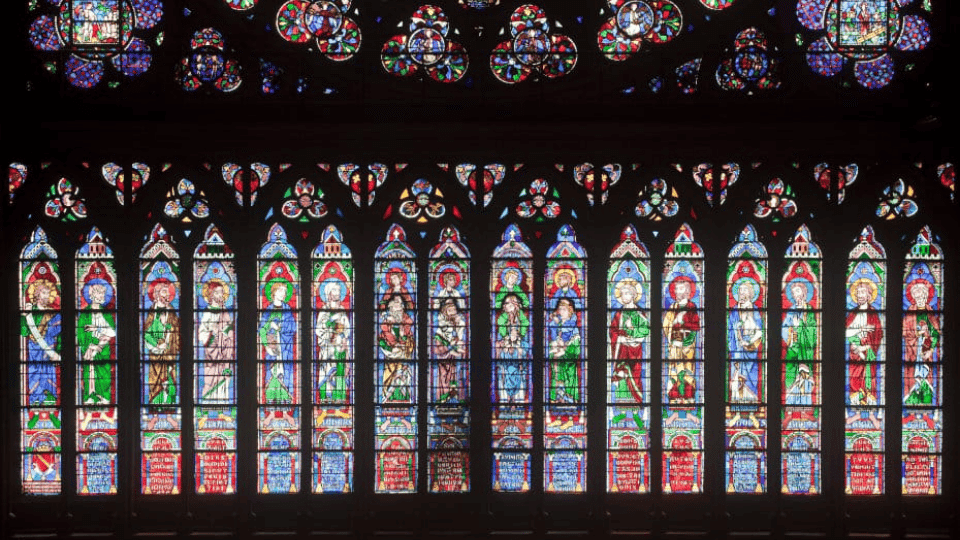
Image Source: Rose Windows of Notre Dame
The three rose windows, masterpieces of Gothic design, survived the fire almost untouched.
The South Rose, forty-three feet wide, holds eighty-four panels of Christ and the saints. The North Rose, forty-two feet in diameter, features eighty panels illustrating Old Testament themes.
And the West Rose, thirty-two feet across, displays forty-eight medallions of the Last Judgment.
Rose Windows reveals their light shifts across the day, from soft blues at dawn to sharp clarity at noon, golden warmth in the afternoon, and deep shadows by evening.
2. Grand Nave and Vaulted Ceilings
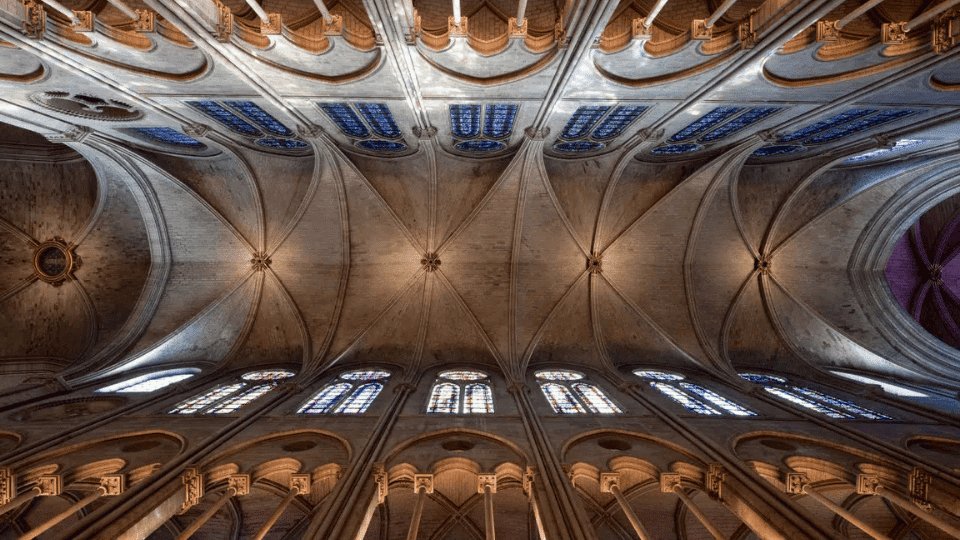
Image Source: Vault and Ceilings of Notre Dame
The structure is marked by massive stone pillars, each five feet in diameter.
Clustered shafts rise around them, with eight attached columns crowned by capitals carved with oak leaves, grape vines, and acanthus motifs.
Their stone surfaces still bear the tool marks of 12th-century stonemasons.
These details, long hidden beneath layers of pollution, now reveal the craftsmanship and decoration of the medieval builders.
3. The Saint Stephen Portal
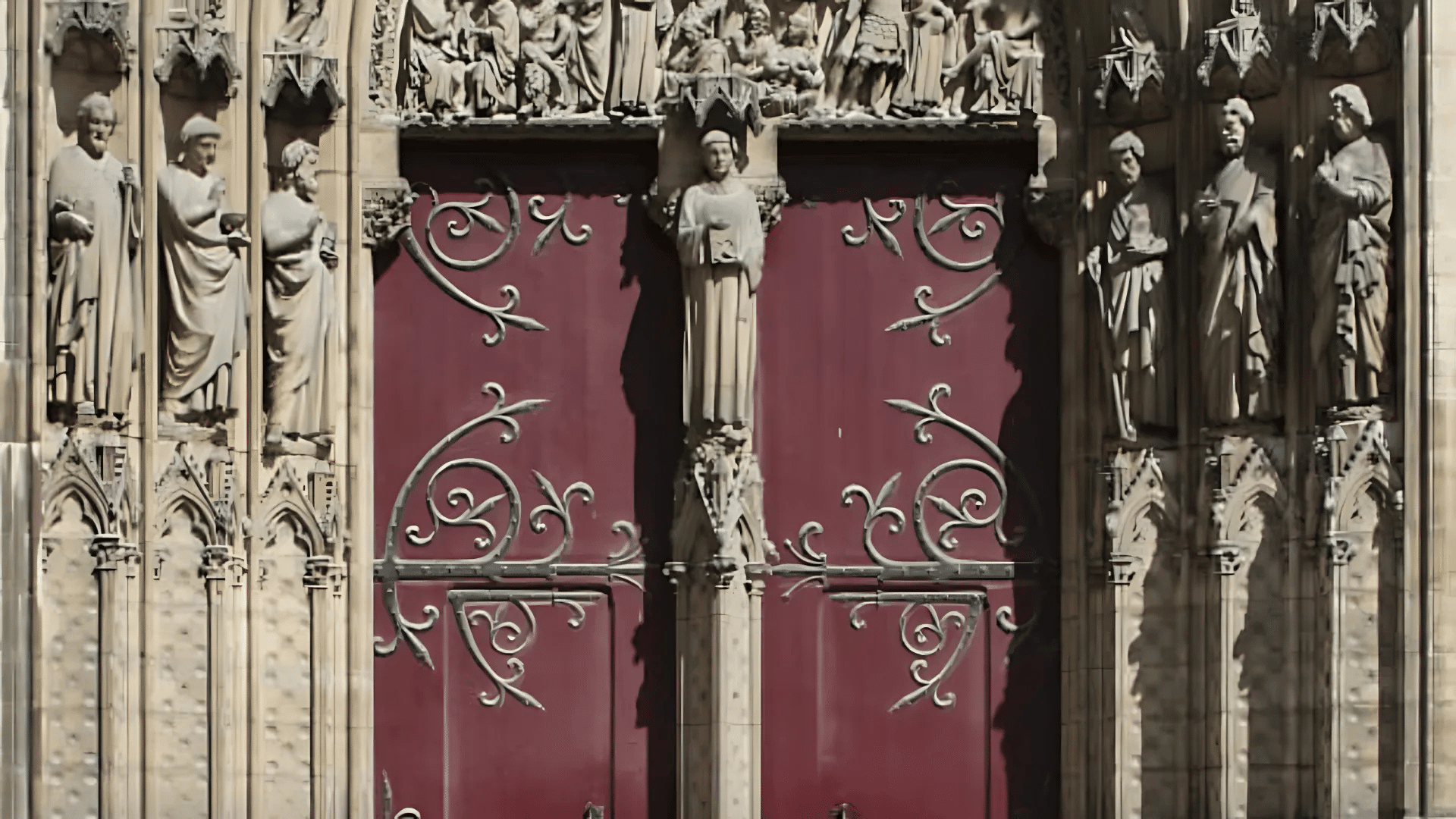
Image Source: Saint Stephen Portal in Notre Dame
The Saint Stephen Portal stands as a vivid narrative of faith carved in stone, depicting the life, miracles, and martyrdom of Saint Stephen.
Centuries of soot and grime had hidden the delicate details of the sculptures, but restoration has exposed intricate facial expressions, gestures, and ornamental motifs.
This portal serves as both an entrance and a storytelling medium, conveying spiritual lessons through the artistry of Gothic design.
4. The Last Judgment Portal
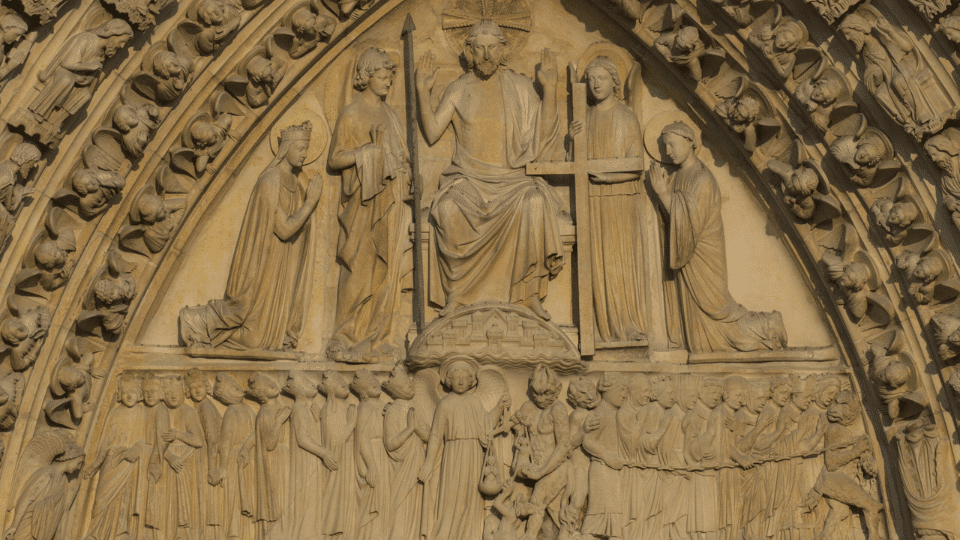
Image Source: Last Judgement Portal in Notre Dame
The Last Judgment Portal presents a tableau of Christ’s final judgment, with angels, saints, and the damned intricately carved into the tympanum.
Restoration brought out fine details in expressions, gestures, and positioning, highlighting the portal’s moral and educational purpose.
Visitors can now study the depth of symbolism, from the careful alignment of figures to the sequencing, which underscores the intent to educate and learn through architecture.
5. Historic Bells
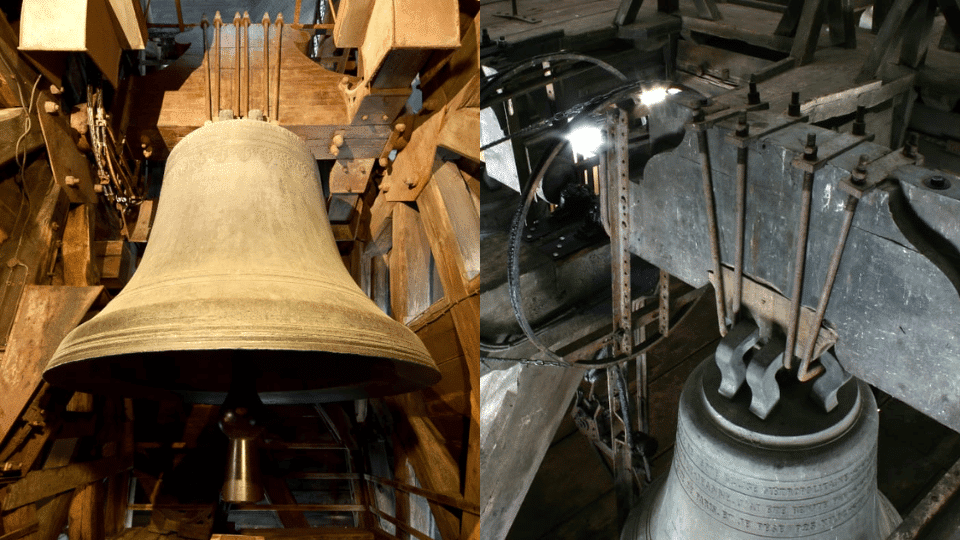
Image Source: Historic bells of Notre Dame
Notre Dame’s bells are more than functional instruments; they are historical artifacts echoing centuries of ceremonies, religious observances, and cultural events.
Restoration preserved inscriptions, craftsmanship, and tonal integrity, ensuring these bells continue to mark significant moments.
The bells also reflect skill and medieval casting techniques, combining artistic detail with precise acoustic engineering that allows their resonant sound to carry across Paris.
Weekly Schedule of Notre Dame Cathedral
Visitors to Notre Dame can plan their experience around the cathedral’s weekly schedule, which offers a mix of regular visiting hours, guided tours, and special activities.
Each day highlights different features, from the rose windows and choir stalls to interactive exhibits and organ sessions.
This schedule ensures every visitor can visit the cathedral’s restored splendor at their own pace.
| Day | Opening Hours | Notes |
|---|---|---|
| Monday | 9:00 AM – 6:00 PM | Guided tours at 10 AM & 2 PM |
| Tuesday | 9:00 AM – 6:00 PM | Access to the choir and the rose windows exhibits |
| Wednesday | 9:00 AM – 6:00 PM | Organ practice sessions in the afternoon |
| Thursday | 9:00 AM – 6:00 PM | Stained glass viewing with the curator’s explanation |
| Friday | 9:00 AM – 6:00 PM | Interactive restoration history display |
| Saturday | 9:00 AM – 7:00 PM | Evening lighting tours showcasing interior details |
| Sunday | 9:00 AM – 7:00 PM | Special guided tours for families |
Conclusion
Notre Dame interior restoration marks a remarkable chapter in architectural preservation, where centuries of history are brought back to life.
This meticulous work not only reveals the cathedral’s original splendor but also highlights the immense effort dedicated to the cultural landmark for future generations.
The restoration reminds us of the enduring power of human creativity and commitment.

